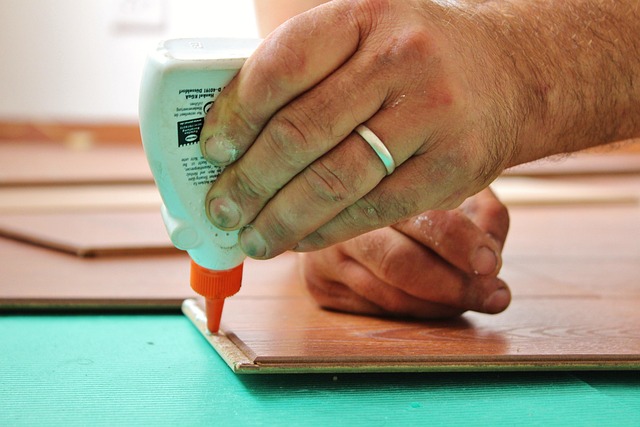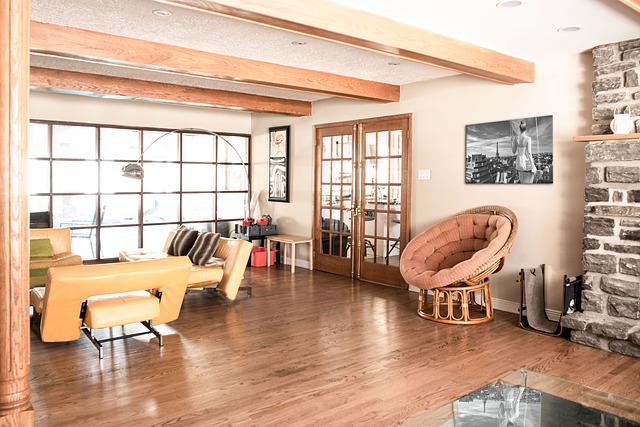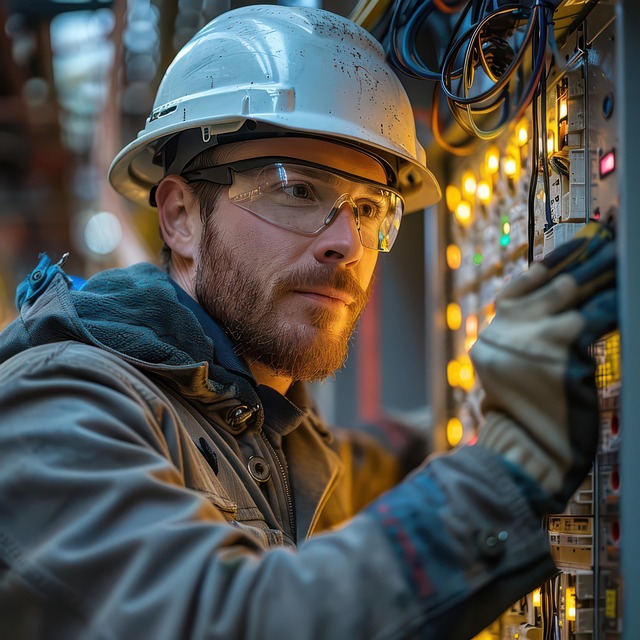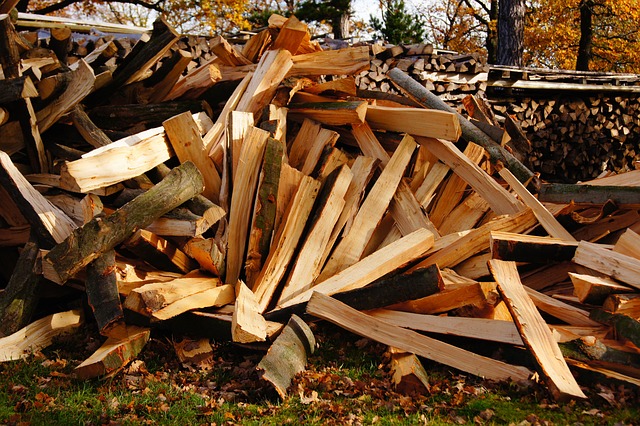Glue Laminated Beams (GLBs) are advanced construction elements created by bonding multiple layers of wood with adhesives, offering superior strength, stability, sustainability, and cost-effectiveness compared to traditional methods. GLB manufacturing has evolved, adopting modern technologies for diverse architectural needs. They meet building codes, provide eco-conscious practices, and outperform cross-laminated timber (CLT). With growing market demand, GLBs offer a strong, sustainable, and economical alternative to steel and concrete, revolutionizing construction with their unique definition and benefits.
“Exploring Cost Comparisons of Glue Laminated Beams: A Comprehensive Guide
This article delves into the financial implications of glue laminated beams, offering a detailed analysis for construction professionals. We start with a comprehensive overview of these structural components, defining the Glue Laminated Beam and its unique material composition. Next, we examine cost drivers, contrasting traditional with modern manufacturing techniques. Additionally, environmental impacts and market trends are scrutinized, providing an in-depth pricing analysis to inform industry decisions.”
- Glue Laminated Beam: Material and Construction Overview
- Cost Factors for Glue Laminated Beams
- Traditional vs. Modern Manufacturing Techniques
- Environmental Impact Considerations
- Market Trends and Pricing Analysis
Glue Laminated Beam: Material and Construction Overview

A Glue Laminated Beam (GLB), also known as a laminating beam, is an advanced construction element crafted through a meticulous process. This innovative structural component is formed by gluing together multiple layers of wooden boards or strata to create a solid, high-performance beam. The result is a strong and stable structure that offers significant advantages over traditional building methods.
The construction process involves carefully aligning and bonding the wood layers with advanced adhesives, ensuring long-term care for glued wooden structures. This technique not only enhances structural integrity but also provides a sustainable and cost-effective alternative in building and construction. The future prospects for glue laminated construction are promising, as it offers greater design flexibility and the potential to create more complex and intricate architectural forms. Visit us at 18 Clifton St, Unadilla, NY 13849 anytime to learn more about this revolutionary approach to beam construction and its defining role in shaping the future of the industry.
Cost Factors for Glue Laminated Beams

When comparing costs for Glue Laminated Beams (GLB), it’s essential to understand the pricing factors at play. GLBs, defined as timber panels made by gluing together multiple layers of wood, offer structural advantages in building construction. Key cost considerations include material sourcing, manufacturing processes, and finished product dimensions. The type and quality of wood used, as well as the strength requirements for the beam, directly impact pricing.
Additionally, residential building code requirements for GLBs can influence both their availability and cost. While these beams provide structural benefits and aesthetic appeal, disadvantages such as potential moisture sensitivity and limited fire resistance may require specific treatments or modifications, adding to overall expenses. Visit us at 18 Clifton St, Unadilla, NY 13849 to learn more about how pricing factors for glue laminated timber can affect your building projects.
Traditional vs. Modern Manufacturing Techniques

The manufacturing techniques for glue laminated beams (GLB) have evolved significantly over time, with traditional methods giving way to modern approaches that offer numerous advantages. Historically, GLBs were produced by binding multiple layers of wood together using glue, a process that required skilled craftsmanship and precise control. This traditional technique, while effective, was often labor-intensive and time-consuming.
In contrast, modern manufacturing processes have streamlined the creation of GLBs, making them more accessible and cost-effective. Contemporary methods involve advanced gluing techniques and high-pressure laminating presses that ensure superior bond strength and precision. By employing these innovations, manufacturers can create diverse types of glue laminated beams tailored to specific architectural needs, such as structural integrity or aesthetic appeal. The evolving role of glue laminating in architecture, driven by both technological advancements and environmental considerations, has led to a growing appreciation for the benefits of GLBs over traditional building materials. For more insights, explore the comprehensive resources available at unalam.com. Comparing glue laminated beams to cross-laminated timber (CLT), for instance, highlights the unique advantages of GLBs in terms of flexibility, strength, and performance across various applications.
Environmental Impact Considerations

When comparing the cost and environmental impact of construction materials, glue laminated beams stand out as a sustainable choice for many projects. These structural components, defined by their multi-layer bond of timber panels, offer a unique blend of strength and eco-friendliness. The manufacturing process focuses on utilizing wood resources responsibly, which is in line with the growing demand for environmentally conscious construction practices.
In terms of cost comparison with steel and concrete structures, glue laminated beams demonstrate competitive pricing while prioritizing design considerations tailored to their material properties. They meet residential building code requirements for glue lam, ensuring safety and regulatory compliance without compromising on structural integrity. The advantages of glue laminated timber beams extend beyond economic benefits; they offer a more holistic approach to construction, contributing to the overall sustainability goals of any project by reducing the environmental footprint left behind. For personalized guidance and insights tailored to your specific needs, give us a call at (607) 369-9341.
Market Trends and Pricing Analysis

The market for glue laminated beams (GLB) has witnessed significant trends shaping the construction industry’s future. As architects and engineers increasingly recognize the benefits of this innovative wood product, demand is on the rise. GLBs, known for their superior strength-to-weight ratio and environmental sustainability, offer an attractive alternative to traditional building materials like steel and concrete. This shift in preference has led to a dynamic pricing landscape, with costs varying based on market fluctuations, product quality, and regional availability.
When comparing cost comparison with steel and concrete structures, GLBs often prove more economical for specific applications. Their lightweight nature reduces material and labor expenses during construction. Moreover, the design considerations for glue laminated beams allow for creative structural solutions, optimizing space utilization. Testing procedures for glue laminated beams have also advanced, ensuring their safety and reliability in various building projects. Visit us at 18 Clifton St, Unadilla, NY 13849 anytime to explore more about these cutting-edge construction materials and how they can benefit your next project.
In conclusion, glue laminated beams have emerged as a strong alternative in structural engineering due to their superior strength-to-weight ratio and environmental sustainability. The cost comparison reveals that while initial expenses may be higher, the long-term savings and reduced environmental footprint make them a compelling choice. As market trends continue to favor sustainable construction practices, understanding the various cost factors and manufacturing techniques can help specifiers and builders make informed decisions when utilizing glue laminated beams.














